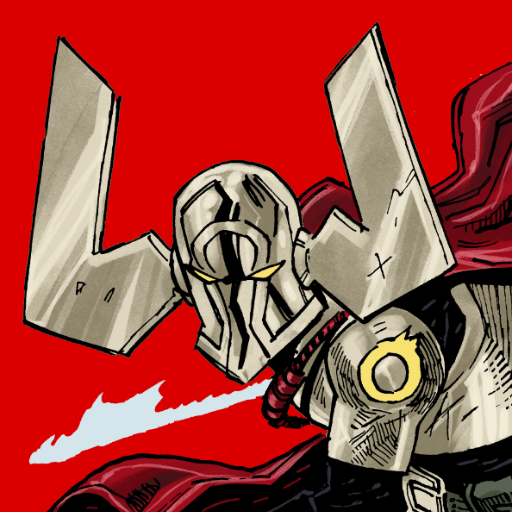Anteros was the brother of Eros, the Ancient Greek counterpart of the Roman Cupid. Like Cupid, he was winged, carrying a bow and quiver of arrows with him. When Anteros aimed for the heart however, he shot to kill. For he was the avenging God of Unrequited Love.
—
Aphrodite was the Ancient Greek Goddess of love, beauty, pleasure, passion and procreation. As you might expect, she had quite a few children. With Ares, God of War, she had (at least) eight children, and (at least) four of these were known as the Erotes. The Erotes were winged Gods who helped their mother with her Earthly duties – serving as love deities.
Eros, is by far the most famous of the Erotes, his name meaning “desire” (as too does his later Roman counterpart’s name Cupid). Eros was the God of love and sex, which seems fairly straight forward but his bothers had slightly more specific roles: Hedylogos was the God of “sweet talk” and flattery, Pothos the God of longing and yearning, Hymenaeus the God of weddings and marriage, Hermaphroditus the androgynous, intersex God/Goddess of hermaphrodites and “effeminate men”.
Anteros’ name means “love returned”, but he was also in charge of punishing those who did not return the affections of another.
ANTEROS is the Deity who avenges slighted love (Deus ultor); hence, in the palaestra at Elis, he is represented as contending with Eros or Cupid. This conflict, however, was also considered as a rivalry existing between two lovers; and thus Anteros may in some respect be considered as forwarding the schemes of Cupid. And hence we may explain the fable that, on the birth of Anteros, Cupid felt his strength increase and his wings enlarge, and that, whenever his brother is at a distance, he finds himself reduced to his ancient shape. [1]
As the avenger of unrequited, or slighted love Anteros was armed with arrows made of lead, or sometimes with a club of solid gold.
The famous statue which stands at the top of the Shaftesbury Memorial Fountain in Piccadilly Circus, London is often thought to depict Eros, but is actually a representation of Anteros. A twin of the London Anteros stands atop a the ornate fountain in Liverpool’s Victorian Sefton Park.
[1] A manual of classical mythology; or, A companion to the Greek and Latin poets, designed chiefly to explain words, phrases and epithets, from the fables and traditions to which they refer, Thomas Swinburne Carr, 1846
https://archive.org/details/manualofclassica00carrrich/page/viii/mode/2up/search/Anteros?q=Anteros

